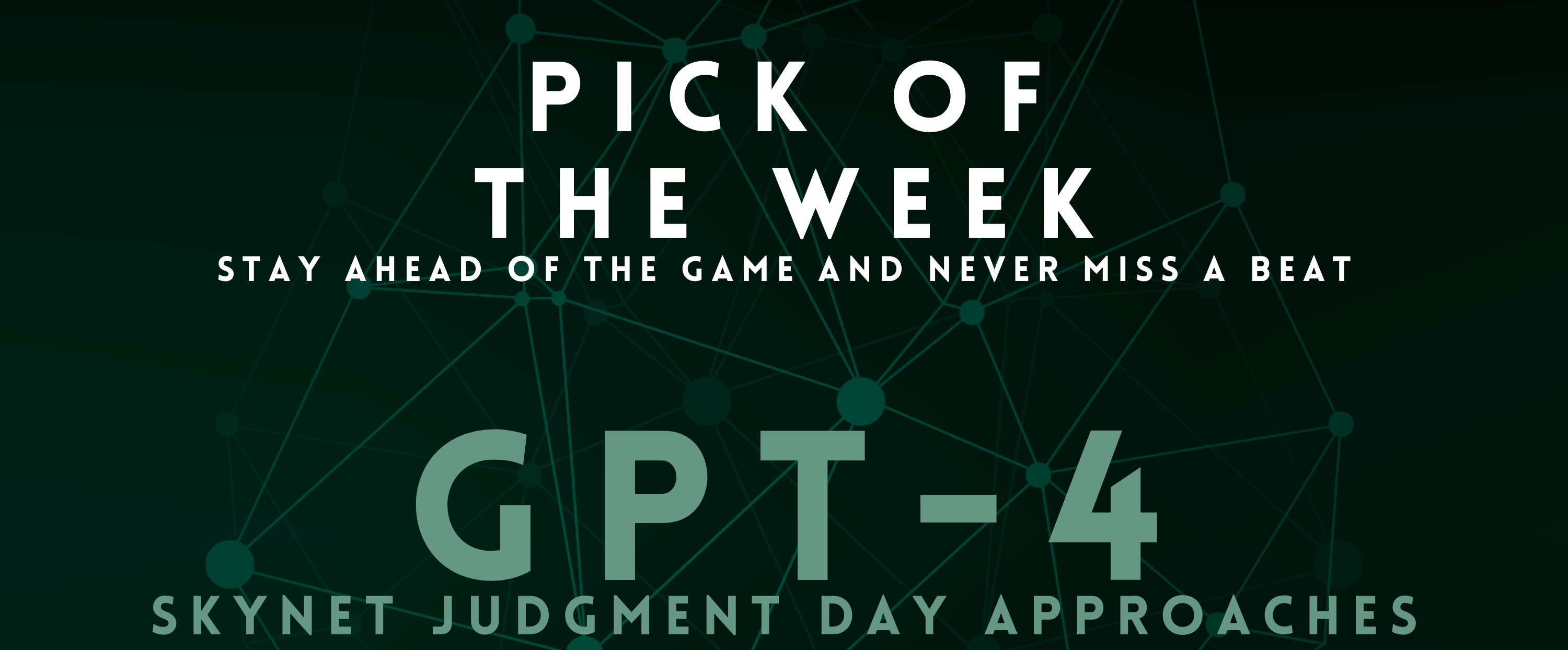


A month ago, OpenAI released GPT-4. This launch marks a significant milestone for the company’s deep learning efforts. a powerful new AI model capable of understanding and interpreting both text and images. GPT-4 is a multimodal AI that can perform a wide range of tasks across different modes, including audio, text, and images.
GPT-4 (Generative Pre-trained Transformer 4) is the latest addition to their GPT series, developed by OpenAI, a research organization committed to advancing artificial intelligence for the betterment of humanity. This ground-breaking AI model is capable of performing multimodal tasks that extend beyond just generating natural language text. GPT-4 is trained on a vast amount of data, which helps it generate meaningful and coherent text using the transformer architecture, a standard approach in natural language processing. However, what sets GPT-4 apart is its ability to analyse and generate images and audio, making it a versatile model that can perform tasks across multiple modalities.
One of GPT-4’s biggest new features is its ability to understand more complex and nuanced prompts. According to OpenAI, GPT-4 "exhibits human-level performance on various professional and academic benchmarks". It is also multilingual and can answer multiple- choice questions with high accuracy across 26 languages, from Italian to Korean. According to OpenAI3, GPT-4 is safer and more aligned. GPT-4 has broader general knowledge and a deeper understanding of various domains than ChatGPT3. The model is also capable of processing images and videos to find relevant and accurate information.
ChatGPT is an expansion of the Large Language Model class of machine learning Natural Language Processing models. (LLMs). LLMs consume massive amounts of text data and infer associations between words within the text. These models have evolved in recent years as computer capacity has increased. LLMs get more capable as the amount of their input datasets and parameter space grows.
Predicting a word in a series of words is the most fundamental training of language models. This is most typically detected as either next-token prediction or masked-language modeling.
In this fundamental sequencing strategy, which is frequently used in conjunction with a Long- Short-Term Memory (LSTM) model, the model fills in the blank with the most statistically likely word given the surrounding context.
In conclusion, GPT-4 is a powerful and versatile AI model developed by OpenAI that can perform tasks across different modes, including text, images, and audio. Its ability to understand complex and nuanced prompts, process multiple languages, and analyze images and videos makes it a significant milestone in the field of deep learning. With its advanced features and capabilities, GPT-4 has the potential to revolutionize various industries, from chatbots to content creation.